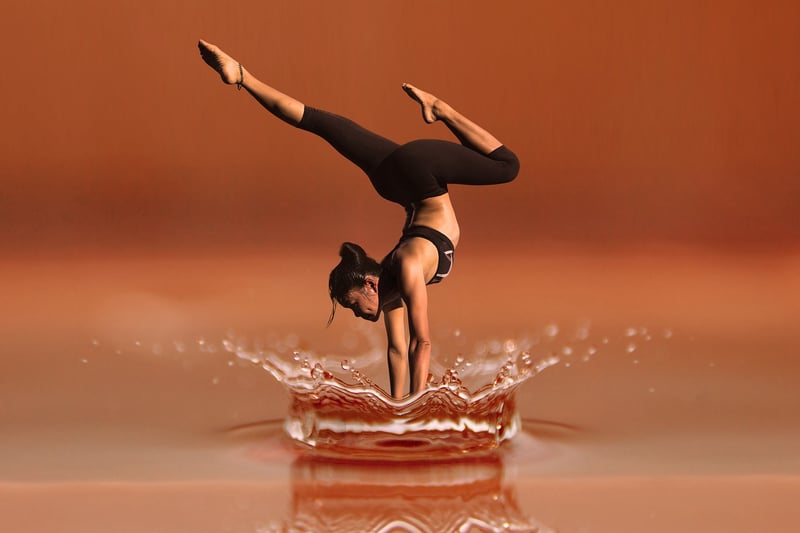Emotional release
The Healing Power of Therapeutic Dance for Emotional Release

Dance has long been recognized as a powerful form of expression and communication. Beyond its physical benefits, such as improved flexibility and cardiovascular health, dance can also serve as a therapeutic practice for emotional release. Through movement, individuals can tap into their emotions, release pent-up feelings, and experience a sense of catharsis.
What is Therapeutic Dance?
Therapeutic dance, also known as dance/movement therapy, is a type of psychotherapy that uses movement to help individuals achieve emotional, cognitive, physical, and social integration. It is based on the principle that the body and mind are interconnected, and changes in one can lead to changes in the other.
The Benefits of Therapeutic Dance for Emotional Release
Engaging in therapeutic dance practices can have a wide range of benefits for emotional well-being:
- Emotional Expression: Dance provides a non-verbal outlet for expressing and processing emotions that may be difficult to articulate verbally.
- Stress Reduction: Moving to music can help reduce stress levels and promote relaxation.
- Self-Exploration: Through movement, individuals can explore their inner thoughts and feelings in a safe and supportive environment.
- Increased Body Awareness: Dance can help individuals become more attuned to their bodies and physical sensations, fostering a greater sense of self-awareness.
- Emotional Release: Dancing can release endorphins, the body's natural feel-good chemicals, which can help improve mood and alleviate symptoms of depression and anxiety.
How to Incorporate Therapeutic Dance into Your Routine
Whether you're a seasoned dancer or have never danced before, you can still benefit from therapeutic dance practices. Here are some tips to help you incorporate dance into your emotional release routine:
- Choose Music: Select music that resonates with your emotions and allows you to move freely.
- Set the Mood: Create a comfortable and safe space where you can dance without any distractions.
- Let Go: Allow yourself to let go of inhibitions and judgment as you move your body.
- Express Yourself: Use dance as a form of self-expression, allowing your movements to reflect your inner feelings.
- Reflect and Journal: After your dance session, take time to reflect on your experience and journal about any insights or emotions that arose.
Remember, therapeutic dance is a personal practice, and there is no right or wrong way to do it. The most important thing is to listen to your body, trust your instincts, and allow yourself to experience the healing power of movement.
Embrace the transformative potential of therapeutic dance and embark on a journey of emotional release and self-discovery through the art of movement.

